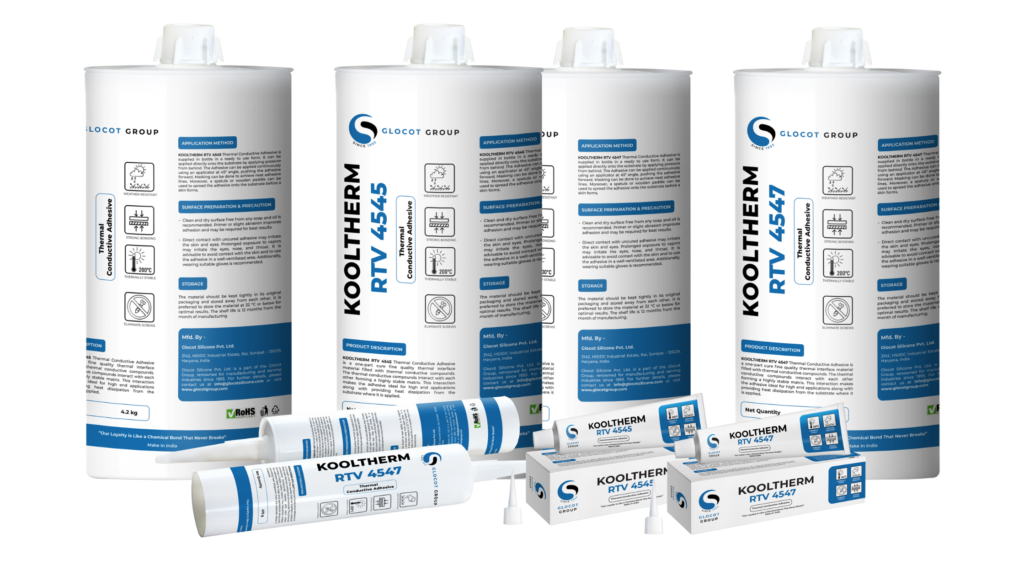Things You Should Know Before Choosing the Best Adhesive

Choosing the right adhesive is critical to ensuring the success of any project, whether it’s a DIY home renovation, manufacturing process, or industrial application. With countless options on the market, each with unique benefits, the selection process can be a daunting task. To help you make an informed decision, we’ve put together a detailed guide outlining the key factors you should consider before choosing the best adhesive for your needs.
1. Understanding the Application Requirements: Before selecting an adhesive, it’s essential to understand the specific requirements of your application. Consider factors such as substrate materials, environmental conditions, temperature variations, and load-bearing capabilities. Different adhesives are designed to excel in different conditions, so matching the adhesive properties to the application requirements is paramount.
2. Compatibility with Substrate Materials: The compatibility of the adhesive with the substrate materials is critical for ensuring a strong and durable bond. Some adhesives may be suitable for bonding certain materials but ineffective or even detrimental to others. Conduct thorough research or consult with adhesive experts to ensure compatibility with the materials you’re working with.
3. Adhesive Performance Characteristics: Evaluate the performance characteristics of the adhesive, including strength, flexibility, viscosity, cure time, and chemical resistance. For applications requiring high-temperature resistance and thermal conductivity, silicone-based adhesives are often preferred.
4. Thermal Conductivity: In applications where efficient heat dissipation is essential, such as bonding electronic components or heat sinks, thermal conductive adhesives are indispensable. These adhesives not only provide a strong bond but also facilitate the transfer of heat away from sensitive components, thereby preventing overheating and ensuring optimal performance. One exemplary product in this category is KOOLTHERM RTV 4547, a silicone thermal conductive adhesive engineered to meet the stringent demands of electronic applications.
5. Ease of Application and Handling: Consider the ease of application and handling of the adhesive, especially if you’re working on intricate projects or large-scale manufacturing processes. Some adhesives come in convenient packaging with applicators or dispensing systems, while others require specialized equipment or techniques for proper application.
6. Environmental Considerations: Take into account environmental factors such as temperature fluctuations, exposure to moisture, UV radiation, and chemicals. Choose an adhesive that offers resistance to these environmental stressors to ensure long-term durability and reliability.
7. Safety and Regulatory Compliance: Ensure that the chosen adhesive complies with relevant safety standards and regulations, especially if it will be used in critical applications or industries with strict compliance requirements. Look for certifications and test reports to verify the adhesive’s safety and regulatory compliance.
8. Bonding Surface Preparation: Proper surface preparation is essential for achieving a strong and lasting bond. Ensure that the surfaces to be bonded are clean, dry, and free of contaminants such as oil, grease, dust, and rust. Some adhesives may require primers or surface treatments to enhance adhesion.
9. Curing and Drying Time: Consider the curing and drying time of the adhesive, especially if time is a critical factor in your project. Some adhesives cure rapidly at room temperature, while others may require heat or extended curing times to reach full strength.
10. Cost and Value: Evaluate the cost-effectiveness and value proposition of the adhesive, taking into account factors such as performance, longevity, and reliability. While it may be tempting to opt for the cheapest adhesive option, investing in a high-quality adhesive with superior performance and durability can ultimately save time and money in the long run.
Conclusion:
Choosing the best adhesive requires careful consideration of various factors, including application requirements, substrate compatibility, performance characteristics, thermal conductivity, ease of application, environmental considerations, safety compliance, surface preparation, curing time, and cost-effectiveness. By understanding these key points and selecting the appropriate adhesive, you can achieve strong, durable bonds and ensure the success of your project or application. When it comes to silicone thermal conductive adhesives, KOOLTHERM RTV 4547 stands out as a reliable solution engineered to deliver exceptional performance in demanding electronic applications. Explore the capabilities of this innovative adhesive and elevate your projects to new heights of performance and reliability.
